Business expense categories are a systematic classification of costs incurred during the operation of a business, designed to organize and track financial outflows for purposes such as tax preparation, budgeting, and financial analysis. This categorization helps businesses manage their finances more efficiently by providing insights into spending patterns and identifying potential tax deductions.
Smart entrepreneurs and business leaders know the devil is in the details—particularly when it comes to financial clarity. This financial clarity begins with a meticulous approach to categorizing business expenses. By doing so, businesses not only pave the way for robust financial health but also ensure they are strategically positioned to capitalize on opportunities and navigate challenges.
Why Categorize Business Expenses?
The process of categorizing business expenses involves developing a comprehensive list of expense categories, and then ensuring that each transaction your company makes is neatly assigned to its rightful place. Why is all this important, you may ask?
- Tax Preparation and Deductions:
Categorizing business expenses meticulously aids in streamlining the tax preparation process, ensuring that no deductible expense is overlooked. This careful organization can significantly reduce taxable income, leading to substantial savings. It simplifies the process of identifying which expenses are deductible and by how much, making tax time less daunting and more efficient. - Analytics and Budgeting:
A well-structured categorization of expenses provides invaluable insights into spending patterns, helping businesses identify areas where they can cut costs and allocate resources more effectively. This granular view into expenditures enables entrepreneurs to craft budgets that are both realistic and strategic, enhancing financial stability and fostering growth. - Day-to-Day Cash Flow Management:
Understanding where and how funds are being spent daily is crucial for maintaining healthy cash flow. Categorizing expenses allows businesses to track their financial commitments and adjust operations as needed to ensure liquidity. Effective cash flow management is the lifeline of any business, preventing cash crunches and enabling smooth operational flow.
45 Business Expense Categories for Businesses and Startups
Creating an exhaustive list of business expense categories can help businesses and startups better track their finances, budget more effectively, and take advantage of tax deductions to reduce their taxable income. Below is a list of 45 business expense categories commonly encountered by businesses in the United States. This categorization is structured to optimize tax positions.
- Advertising and Marketing: Includes online ads, print materials, and marketing campaigns. These expenses are generally fully deductible.
- Salaries and Wages: Compensation to employees, including salaries, wages, bonuses, or commissions. Fully deductible.
- Contract Labor: Payments to independent contractors. Fully deductible, but businesses must issue Form 1099-NEC if they pay more than $600 in a year.
- Rent on Business Property: Lease payments for office space, storefronts, and other business properties. Fully deductible.
- Utilities: Electricity, water, gas, internet, and phone services for business operations. Fully deductible.
- Office Supplies and Expenses: Cost of office items like pens, paper, and printer ink. Fully deductible.
- Repairs and Maintenance: Costs for upkeep of business property and equipment, not including major improvements. Fully deductible.
- Depreciation: Deduction for the loss in value of assets (e.g., vehicles, buildings, equipment) over time. Calculated based on IRS guidelines.
- Professional Fees: Fees for legal, accounting, and other professional services. Fully deductible.
- Insurance: Business insurance premiums, such as liability, malpractice, and property insurance. Fully deductible.
- Taxes and Licenses: Certain state, local, and federal taxes; licenses and regulatory fees. Generally deductible.
- Interest: Interest on business loans, credit lines, and mortgages for business property. Fully deductible.
- Travel Expenses: Costs for business travel, including lodging, transportation, and meals (subject to limitations). Deductible within IRS guidelines.
- Meals and Entertainment: 50% deductible for business meals; entertainment costs are no longer deductible as of the Tax Cuts and Jobs Act (TCJA).
- Education and Training: Costs for workshops, seminars, and educational materials for you or your employees. Fully deductible.
- Software and Subscriptions: Business-related software, online services, and publication subscriptions. Fully deductible.
- Membership Dues: Fees for professional associations and business organizations. Deductible, excluding those for clubs organized for business, pleasure, recreation, or other social purposes.
- Home Office Expenses: For those using part of their home regularly and exclusively for business. Deductible based on the percentage of the home’s use for business.
- Vehicle Expenses: Business use of a vehicle, either by deducting actual expenses or using the standard mileage rate. Deductible within IRS guidelines.
- Telecommunications: Costs for business-related mobile phones and internet services. Fully deductible.
- Postage and Shipping: Costs for mailing, courier services, and shipping for business operations. Fully deductible.
- Bank Fees: Fees related to business bank accounts and credit cards. Fully deductible.
- Employee Benefits: Health insurance, retirement plan contributions, and other employee benefit costs. Generally deductible.
- Legal and Regulatory Costs: Fees for patents, trademarks, and regulatory compliance. Fully deductible.
- Research and Development: Costs associated with developing new products or services. Potentially eligible for R&D tax credits.
- Bad Debts: Amounts owed to you that you’re unable to collect. Deductible under certain conditions.
- Charitable Contributions: Donations made to qualified charitable organizations. Deductible within limits based on business structure.
- Moving Expenses: Costs of moving business equipment, inventory, and supplies. Deductible if related to a change in business location.
- Interest on Taxes Paid Late: Interest paid on late tax payments. Deductible.
- Inventory for Resale: Cost of goods or raw materials, including freight. Deductible at the time the inventory is sold.
- Real Estate Taxes: Taxes on business property. Fully deductible.
- Personal Property Taxes: Taxes on property used in business, like vehicles and equipment. Fully deductible.
- Casualty and Theft Losses: Losses from theft, vandalism, fire, storm, or similar events. Deductible in the year the loss occurred.
- Health Insurance Premiums: For self-employed individuals, potentially deductible against their income.
- Retirement Plans: Contributions to employee retirement plans. Deductible within limits.
- Gifts: Business gifts are deductible up to $25 per person per year.
- Foreign-Earned Income: Expenses related to earning income in a foreign country. Subject to specific deductions and exclusions.
- Environmental Expenses: Costs for pollution control, environmental remediation. Certain expenses may qualify for specific credits or deductions.
- Energy Efficiency Improvements: Costs for certain energy-efficient improvements to commercial properties. May qualify for deductions or credits.
- Work Opportunity Tax Credit: Hiring individuals from certain groups who face significant barriers to employment. Credit based on a percentage of wages paid.
- Disabled Access Credit: Making your business more accessible to persons with disabilities. A credit is available for small businesses.
- Startup Costs: Expenses to start or buy a business. You can elect to deduct up to $5,000 in the first year and amortize the remainder.
- Organizational Costs: Costs for the legal creation of a corporation or partnership. Similar deduction rules as startup costs.
- Credit Card Processing Fees: Fees paid for accepting credit card payments. Fully deductible.
- Safety Equipment: Costs for safety equipment required for business operation. Fully deductible.
It’s essential for businesses to maintain detailed records of all expenses to substantiate deductions in case of an IRS audit. Tax laws can change, so consulting with a tax professional for the most current advice and to ensure compliance with IRS rules is always advisable.
How to Categorize Expenses in your business?
Let’s dive into the nuances of categorizing business expenses.
1. Create Categories
The first step in mastering your business’s financial landscape is to establish clear and comprehensive categories for your expenses.
Here are the essential categories that every small business should consider:
- Operating Expenses
- Personnel Costs
- technology and Software
- Marketing and Advertising
- Travel and Entertainment
- Professional Fees
- Insurance
- Taxes and Licenses
- Research and Development (R&D)
2. Subcategories
Drilling down into subcategories allows for more precise tracking and analysis of expenses, providing deeper insights into where your money is going and identifying potential areas for cost savings. As an example exercise, let’s refine the categories mentioned above:
- Operating Expenses
- Utilities (electricity, water, internet)
- Rent or Mortgage
- Maintenance and Repairs
- Office Supplies and Equipment
- Personnel Costs
- Salaries and Wages
- Benefits (health insurance, retirement plans)
- Payroll Taxes
- technology and Software
- Software Subscriptions
- Hardware Purchases
- IT Support Services
- Marketing and Advertising
- Digital Marketing
- Print Advertising
- Promotional Materials
- Travel and Entertainment
- Transportation (flights, car rentals)
- Lodging
- Meals and Entertainment
- Professional Fees
- Legal Services
- Accounting Services
- Consulting Fees
- Insurance
- Liability Insurance
- Property Insurance
- Workers’ Compensation
- Taxes and Licenses
- Income Taxes
- Sales Taxes
- Licenses and Permits
- Research and Development (R&D)
- Product Development
- Market Research
- Patent and Trademark Fees
3. Track Expenses
The cornerstone of solid financial management is the meticulous tracking of every penny that flows in and out of your business. In today’s digital world, leveraging technology to automate this process is not just a convenience; it’s a necessity for staying competitive and informed. Here’s how to do it effectively:
- Use Accounting Software: Implement a reliable accounting software solution that fits the needs of your business. Platforms like Nanonets, QuickBooks, Xero, or FreshBooks can automate the tracking of expenses, invoicing, and payroll, significantly reducing the potential for human error and saving time.
- Digital Receipts and Invoices: Encourage digital record-keeping by storing scans or photos of receipts and invoices. This practice not only supports the environment but also simplifies retrieval and auditing processes.
- Integrate Bank Accounts and Credit Cards: Many accounting software solutions offer the ability to link your business bank accounts and credit cards directly, allowing for real-time tracking of expenses and seamless reconciliation.
- Categorize Transactions Immediately: Make it a habit to categorize each expense as it occurs. Delaying this task can lead to inaccuracies and overlooked expenses.
4. Regular Review
The dynamic nature of business necessitates regular reviews of your financial activities. This practice helps in identifying trends, managing cash flow, and making informed decisions:
- Monthly Reviews: Dedicate time each month to review your categorized expenses. Look for trends, such as unexpected increases in certain categories, and investigate any anomalies.
- Benchmarking: Compare your expense ratios to industry standards or similar businesses. This benchmarking can highlight areas of efficiency or concern, guiding future financial strategies.
5. Consider Tax Implications
Understanding and planning for the tax implications of business expenses is crucial. Not all expenses are treated equally under tax laws, and proper categorization can lead to significant tax savings:
- Stay Informed on Tax Laws: Tax regulations frequently change, and staying informed can help you maximize deductions and credits. Consider consulting with a tax professional to ensure compliance and optimization of tax benefits.
- Distinguish Between Business and Personal Expenses: Keep business and personal finances separate to simplify tax preparation and support claims for business expenses.
- Document Everything: Maintain meticulous records of all expenses, including receipts and invoices. Documentation is crucial for substantiating deductions and can be invaluable in the event of an audit.
- Plan for Deductions: Be proactive in understanding which expenses are fully deductible, partially deductible, or not deductible at all. This knowledge can influence spending decisions and tax strategies throughout the year.
Expense Management Software for Expense Categorization
In the competitive business world, automation is key for efficiency and staying ahead. Expense categorization, crucial yet tedious, is made effortless with Expense Management Software like Nanonets.
15 Best Spend Management Software Solutions in 2024
Explore the world of spend management software in 2024. Discover the best solutions and learn how to choose the right one for your business.
Let us take a look at how an expense management software like Nanonets automates expense categorization and management.
Expense Capture
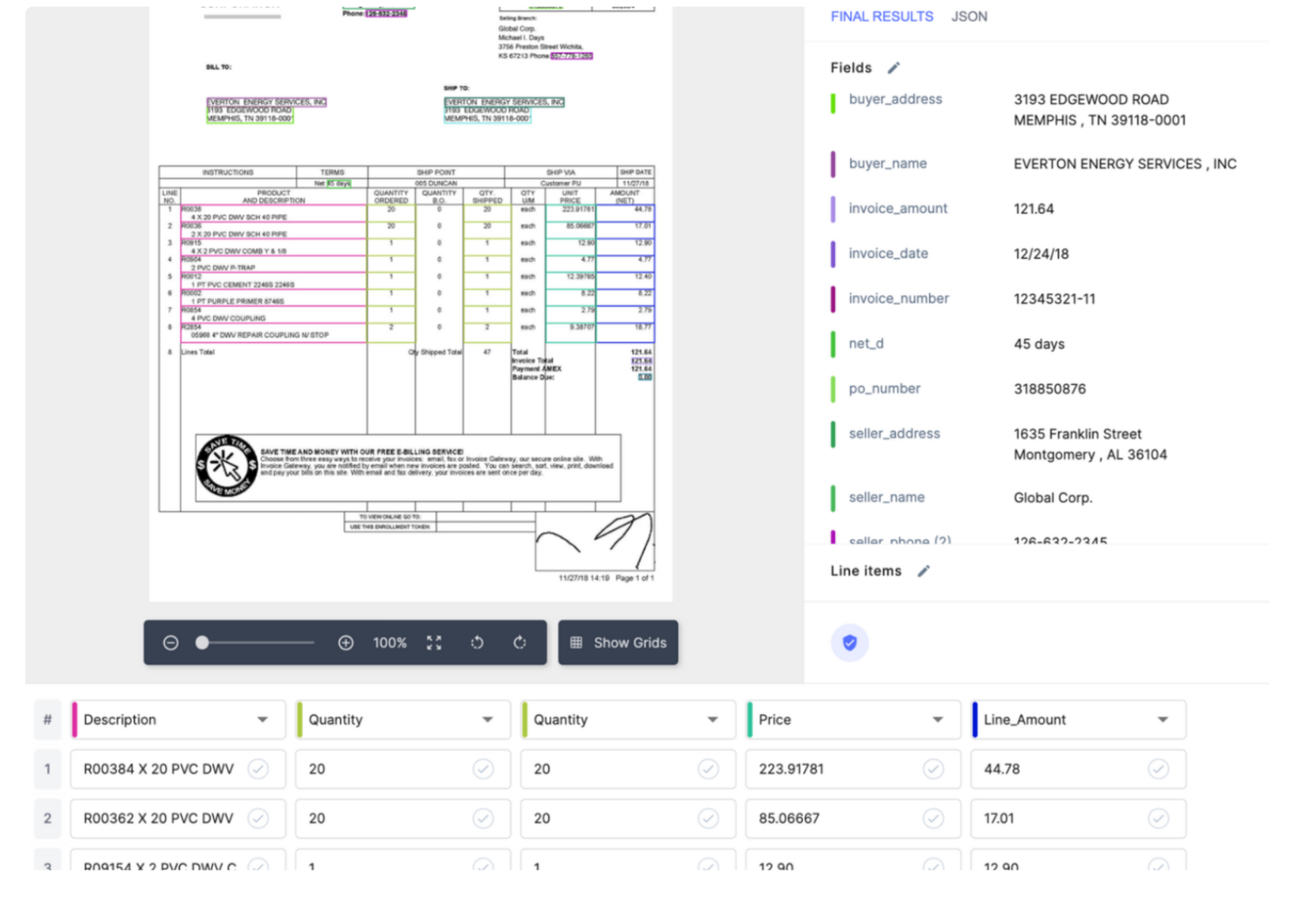
An employee captures a receipt using a mobile app or uploads an expense document in any format. The app’s OCR technology extracts key details like date, amount, and merchant from the receipt.
Automatic Categorization
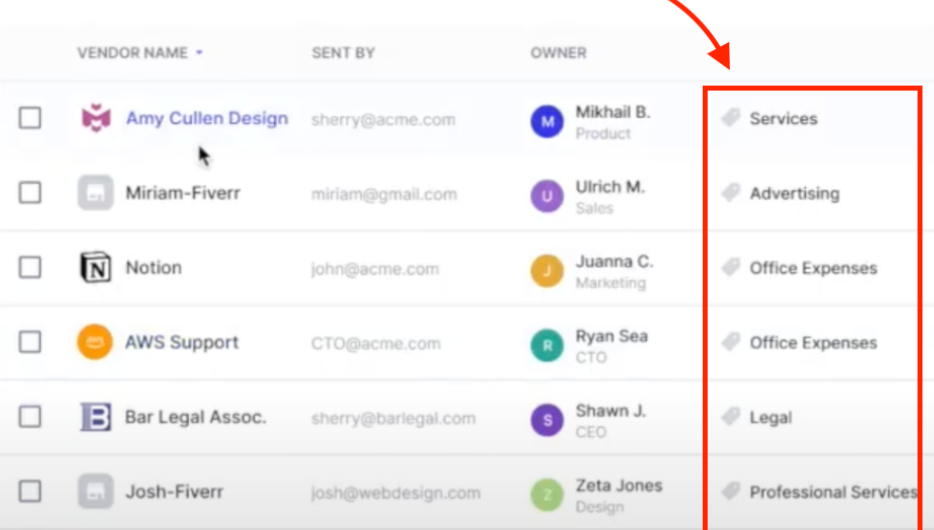
The system automatically categorizes the expense into predefined company categories, reducing the need for manual sorting and improving organizational efficiency.
GL Coding
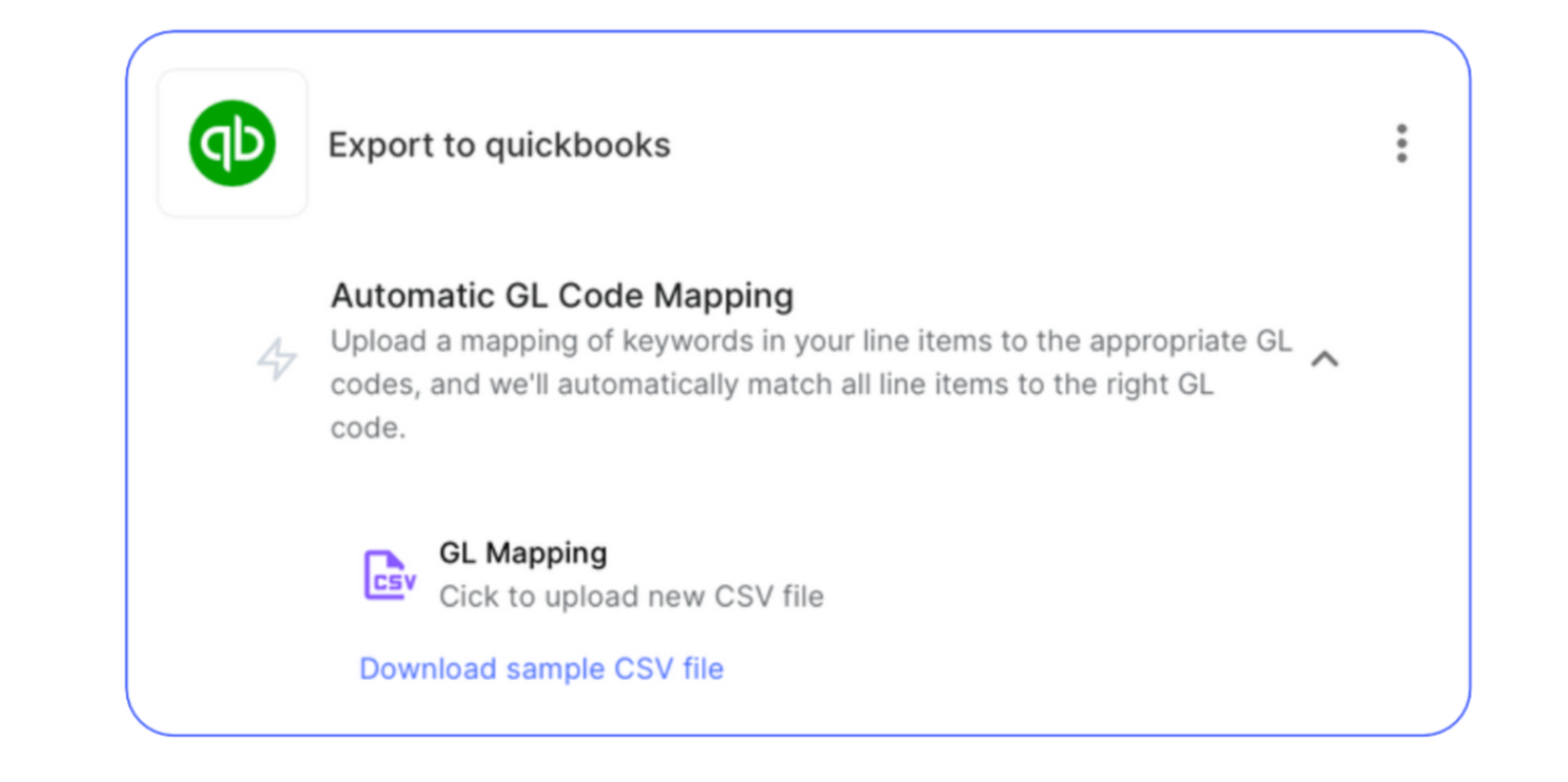
After categorization, the expense is assigned the correct General Ledger (GL) code, minimizing manual work and potential coding errors.
Digital Expense Reporting
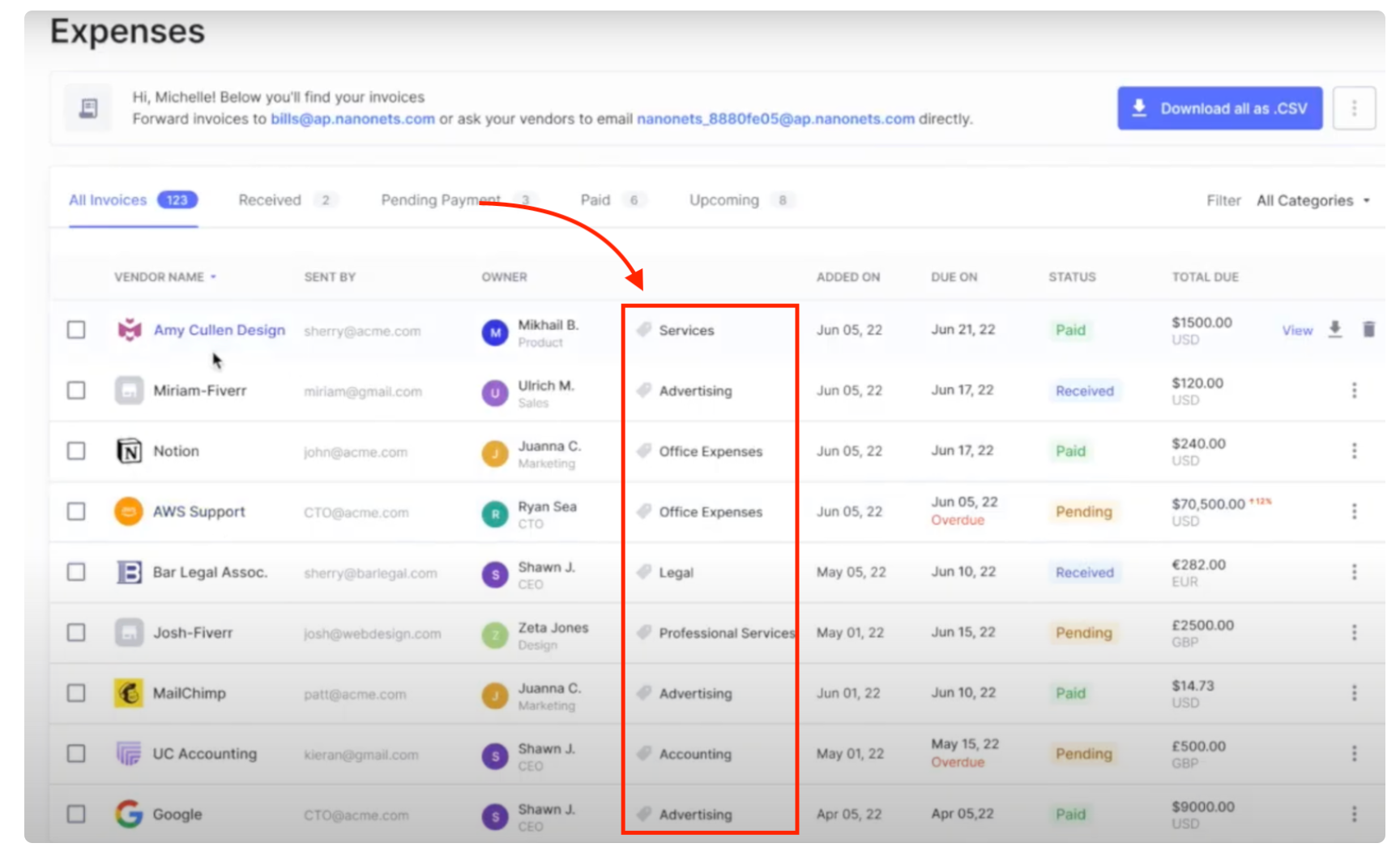
Expenses are added to a digital report automatically, eliminating manual entry. Employees can review and adjust details if necessary.
Approval Workflow
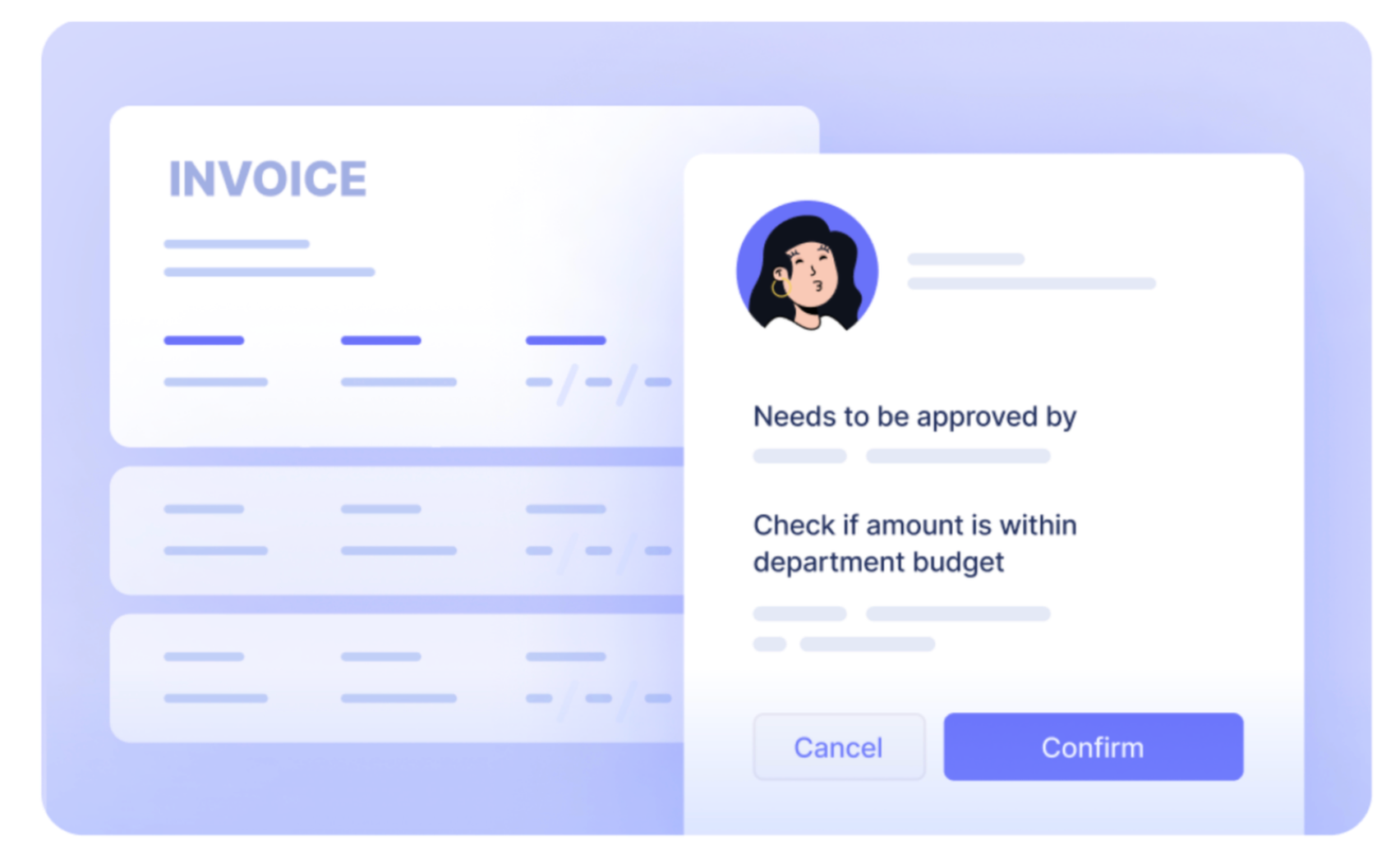
Managers receive notifications in their digital workspace (e.g., Slack, Teams, Email) to review and can approve or reject expenses with a single click, making the process faster.
Reimbursement Automation
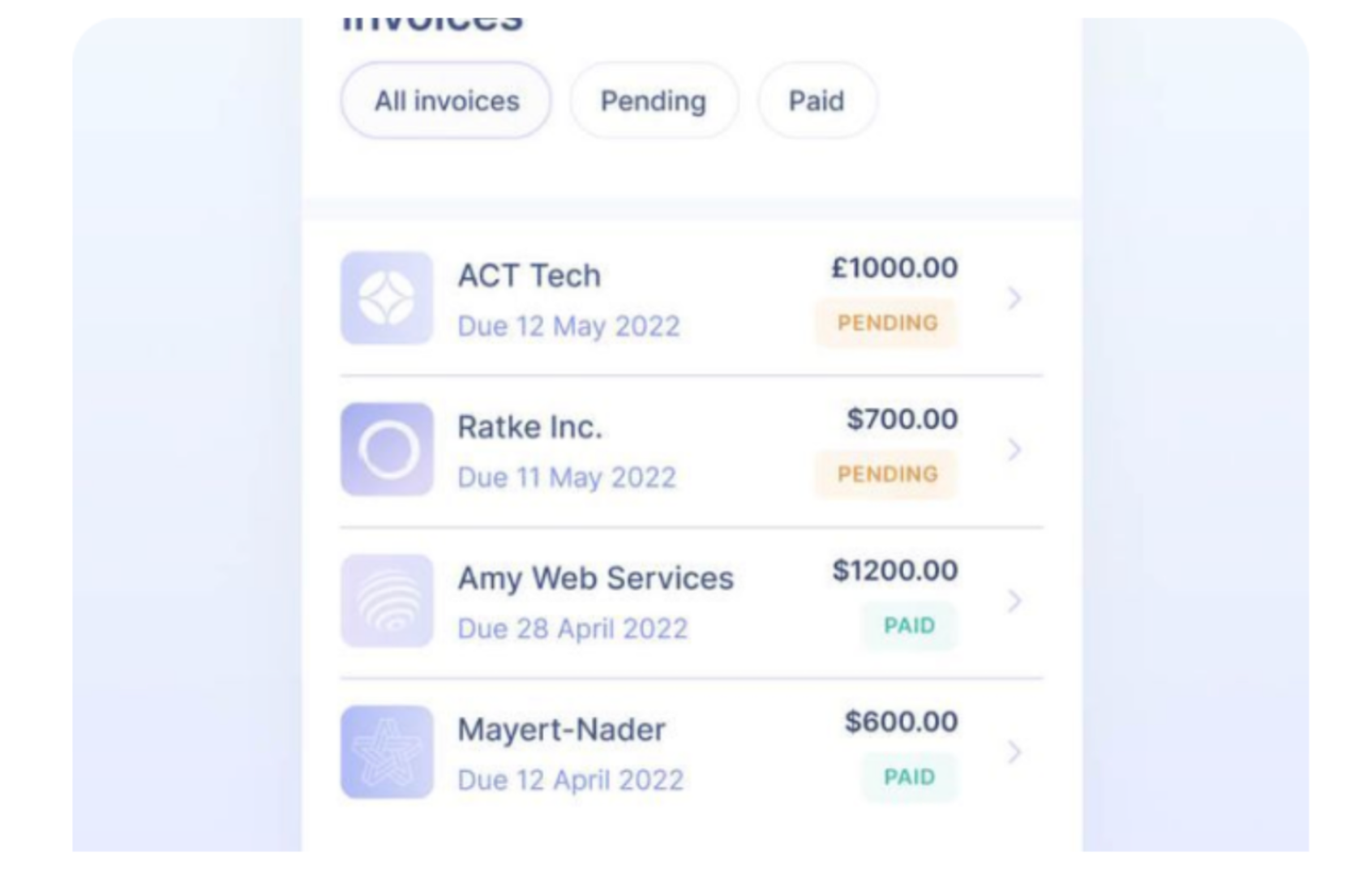
Approved expenses are processed for reimbursement automatically, integrating with payroll systems to issue payments without manual intervention.
ERP Synchronization
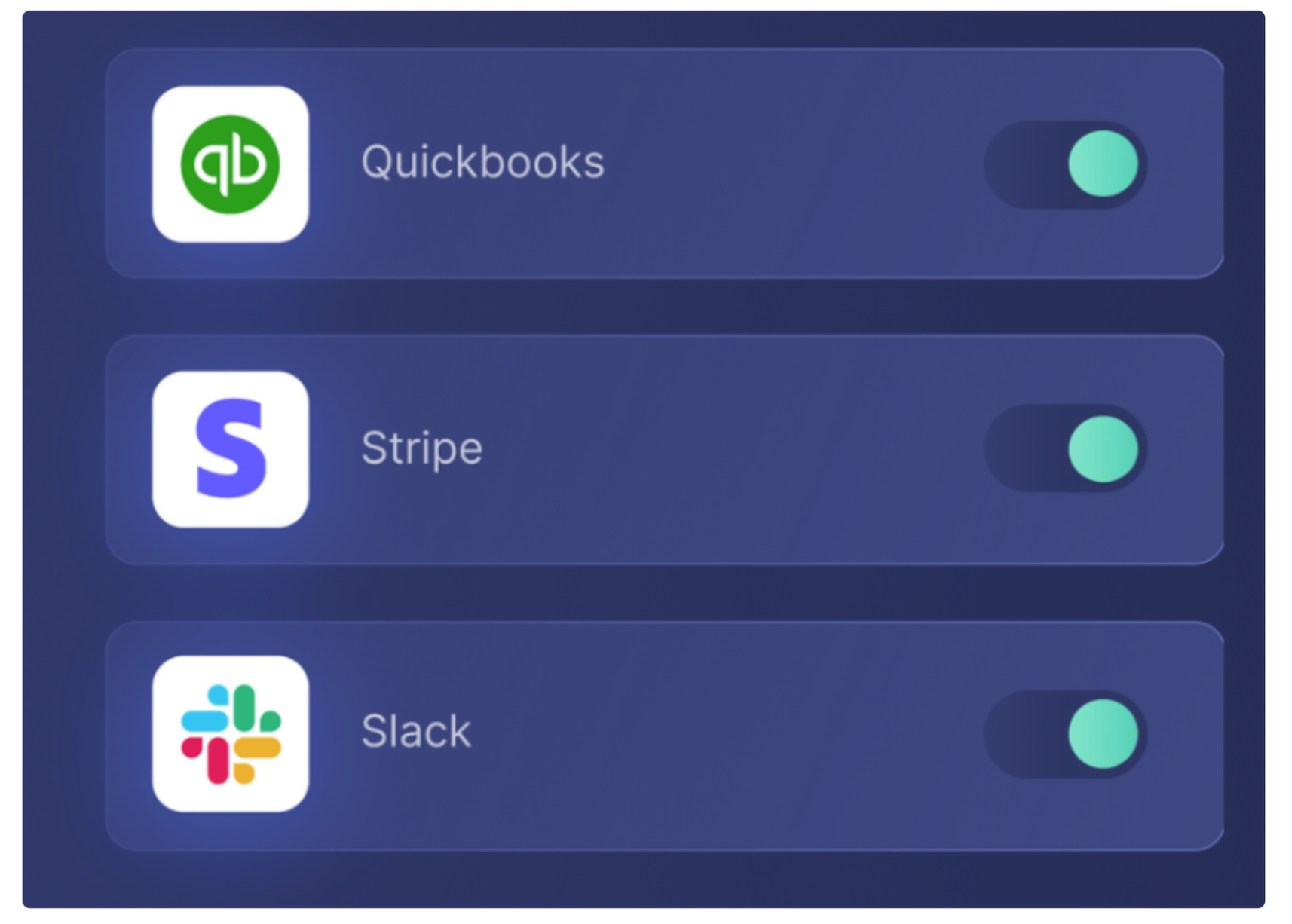
The platform seamlessly exports expense data to the company’s ERP software, eliminating manual data entry and enhancing data accuracy.
Continuous Reconciliation
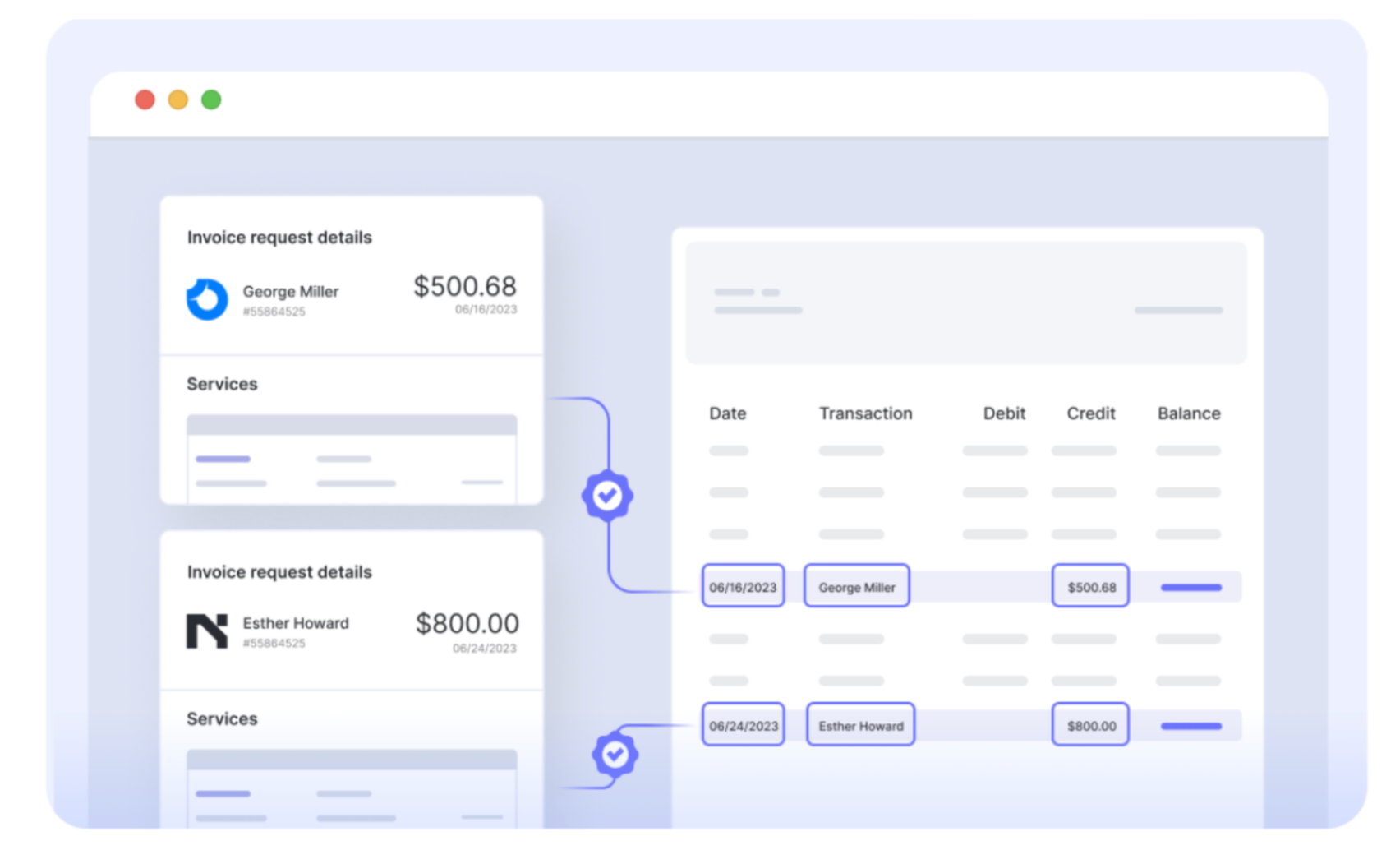
The system offers real-time reconciliation, automatically matching expenses with bank transactions and highlighting discrepancies to ensure financial accuracy and compliance.
Conclusion
As discussed, categorizing expenses aids in tax preparation, enhances analytics for budgeting, and is vital for effective cash flow management.
The provided list of business expense categories offers a reference framework for businesses to optimize their tax positions and gain deeper insights into their financial operations.
Moreover, the integration of technology, specifically through expense management software like Nanonets, has revolutionized how businesses approach expense categorization. Such platforms automate the process, ensuring accuracy, efficiency, and compliance, which are essential for businesses in today’s fast-paced world. This automation not only saves time but also provides real-time financial insights that are crucial for making informed business decisions.
We advice businesses to –
- adopt a structured approach to categorizing expenses,
- leverage technology to streamline processes,
- keep abreast of tax laws,
- consulting with professionals will further enhance strategy,
- and regularly review to identify opportunities for growth and savings.
By doing so, businesses can ensure they are not only financially healthy but also primed for success in the competitive marketplace.
 NEWSLETTER
NEWSLETTER





